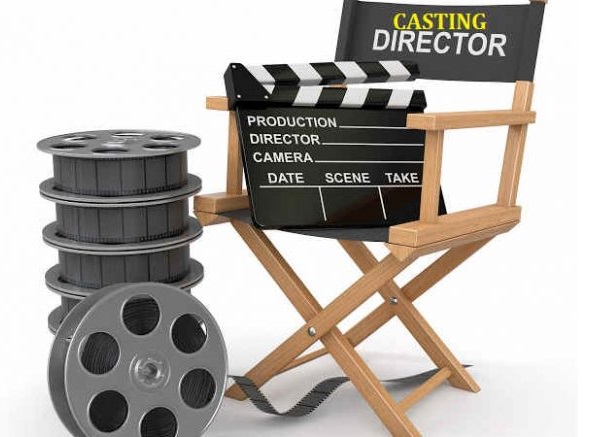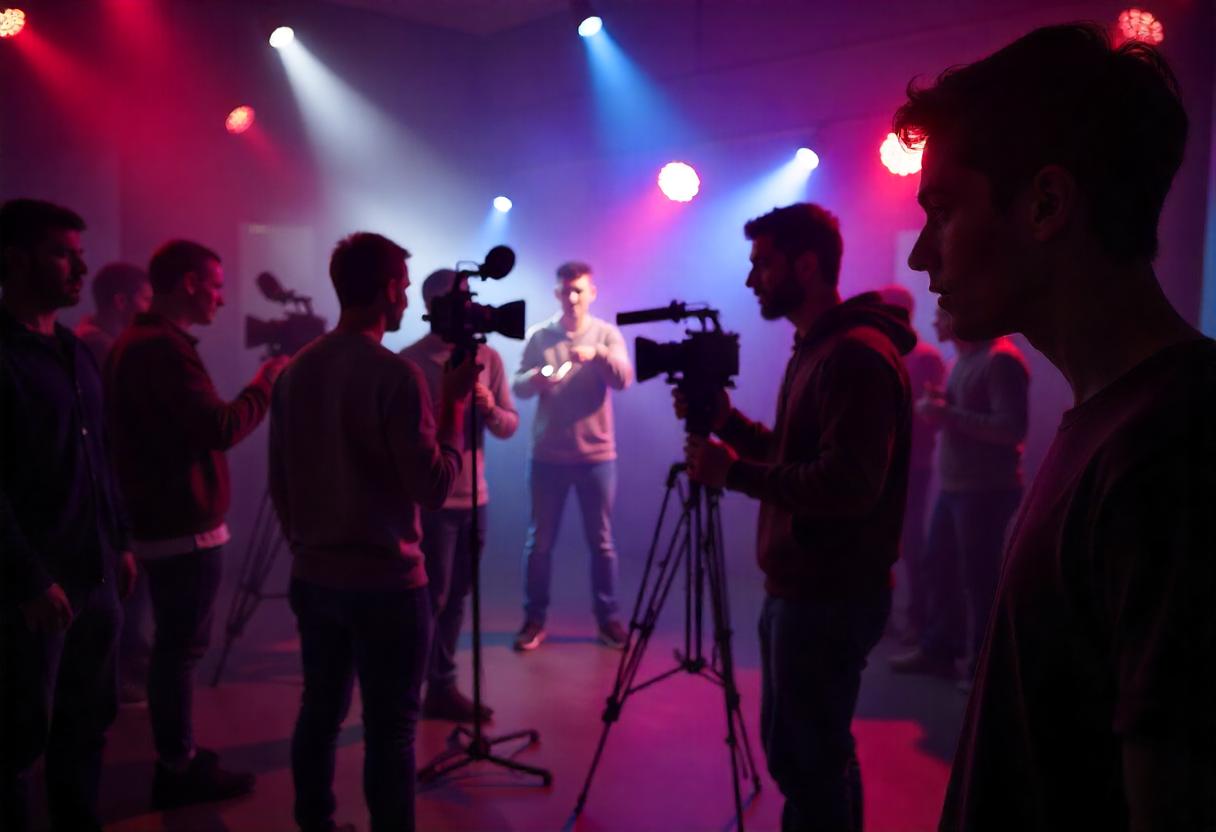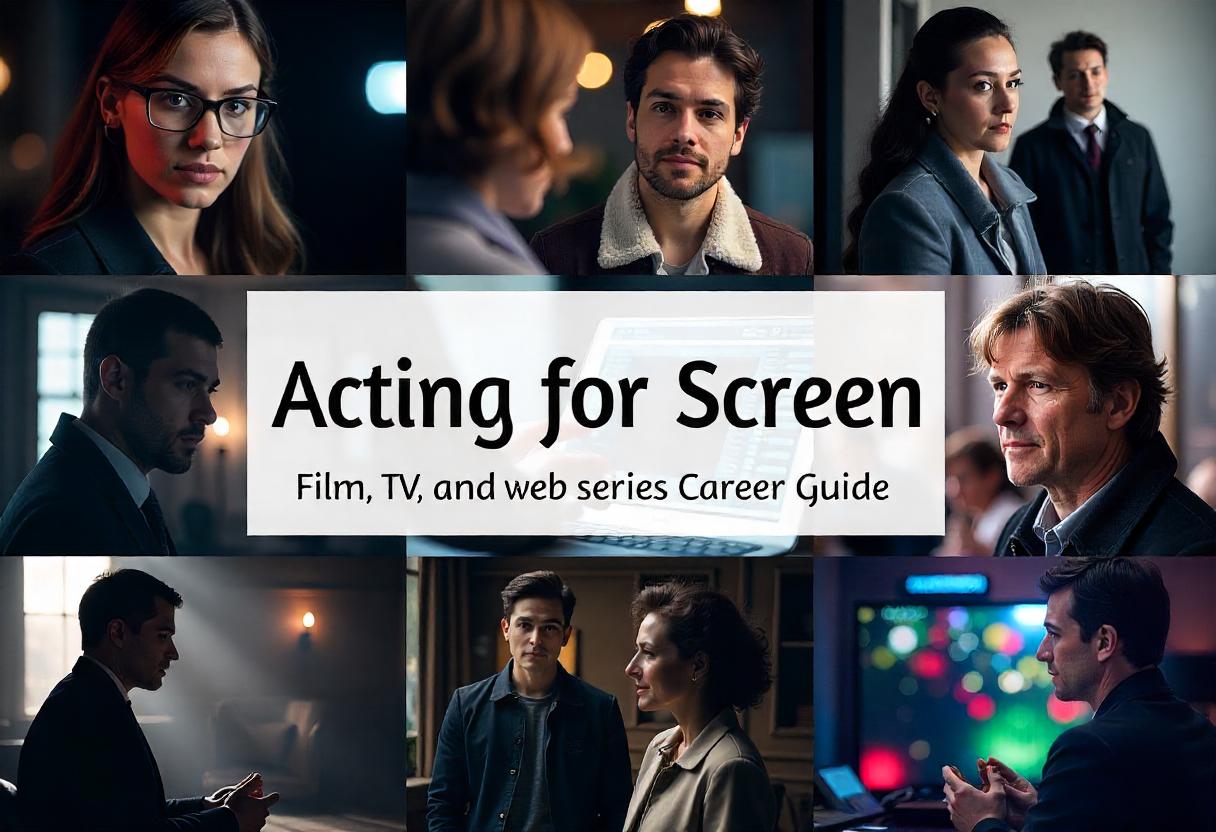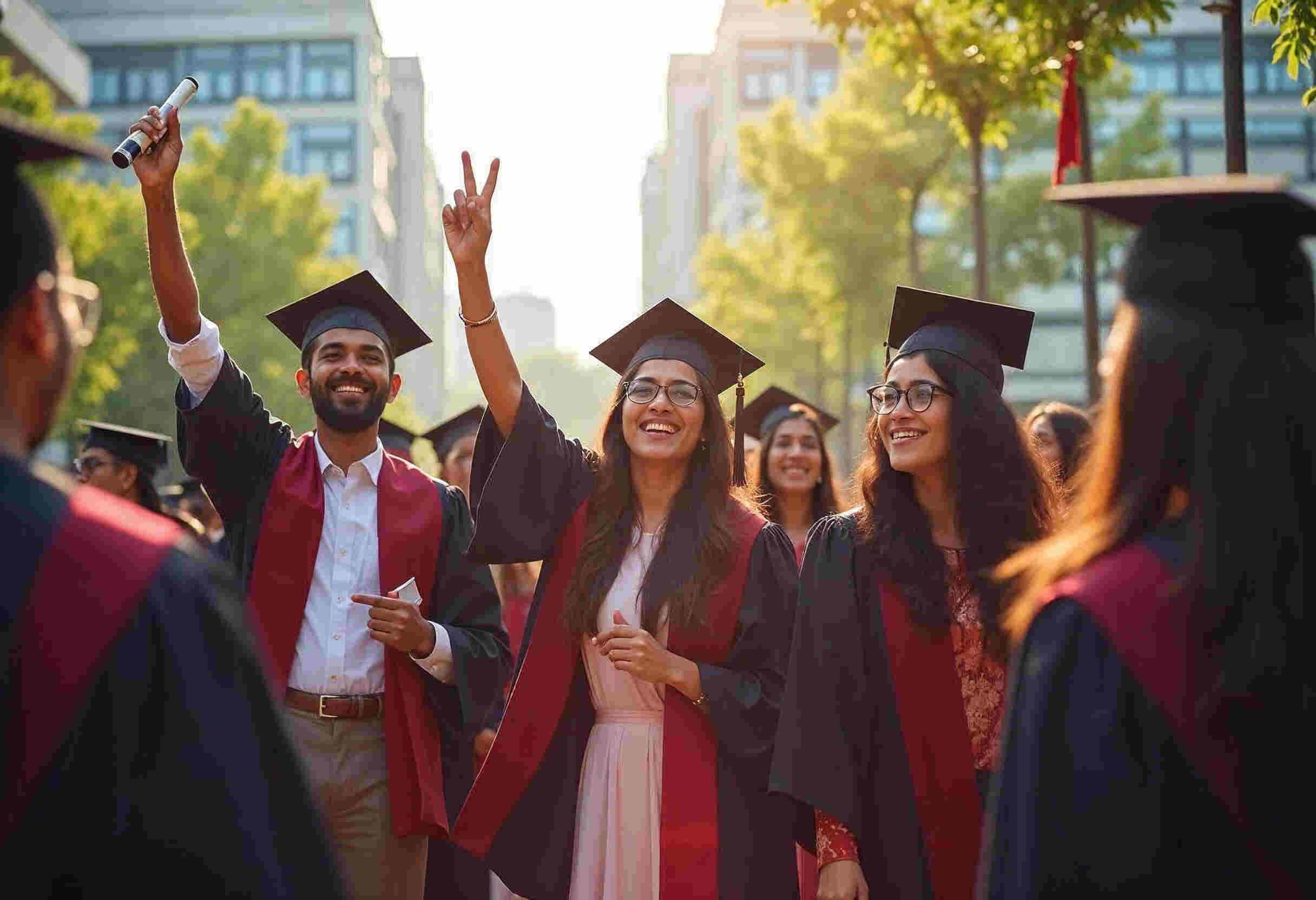How Lighting Can Impact The Mood Of A Movie?
Lighting can be very impactful in setting the mood of the scene in a motion picture. It, thus, plays an important role in making films. It shows us what is happening on the screen. The simple idea of how lighting is used in a film suggests the technicality which will make the scene look better. If you are a movie buff, you must have certainly noticed that the frame of the scene looks different whether the camera angle, actors, or settings are repeating or not. This depends on the element of lighting. It is an important tool that not only sets and creates the mood of the film but also makes the scene much more impactful.
Read Also: A Complete Guide to Film making
There are different types of film lighting techniques which will set the mood for the movie:
- Three-point Lighting:
It is the most significant form of lighting used today. This lighting is used to make the scene less dramatic and balance the shadows and the highlights which aren’t done. As the name of the lighting suggests, the lights are placed at three different positions: the key light, backlight, and fill light.
- Harsh Light:
Harsh lighting is strong, directed light that is often present in the middle of the day. It creates deep shadows with sharp lines on your subjects. It is a technique that includes more contrast in the shot than the three key light setups.
Do you want free career counseling?
Ignite Your Ambitions- Seize the Opportunity for a Free Career Counseling Session.
- 30+ Years in Education
- 250+ Faculties
- 30K+ Alumni Network
- 10th in World Ranking
- 1000+ Celebrity
- 120+ Countries Students Enrolled
Read Also: Is Obtaining A Degree Necessary For Making A Career in The Film Industry?
- Soft Light:
The soft light will create shadows which will slowly transform from light to dark. This gentle gradation encapsulates the notion of soft light. When soft light is presented upon the subject, they won’t have any particularly visible harsh lines. Before reaching the subject, the soft light will pass from a medium. Some examples of soft light are indirect light, cloudy day, or sunset light.
- Ambient Lighting:
It is natural light. Also known as no filter light in filmmaking. This lighting tells more about the environment in comparison to the subject itself. The light helps to portray real scenarios in the film. We feel like we must be following the character rather than simply watching them.
Book Now →
- Warm Lighting:
This form of lighting is considered with red, yellow, and orange tones. This form of lighting is usually used in youth dramas and romantic stories.
Read Also: Learning To Make Films That Can Create A Powerful Impact On Society
Example Setups of Different Lighting Techniques:
By using these techniques, a filmmaker can make a scene seem more dramatic. Here are a few instances of how to improve a movie’s mood through cinematic techniques.
Do you want free career counseling?
Ignite Your Ambitions- Seize the Opportunity for a Free Career Counseling Session.1. Natural emotional lighting
High-key lighting is used in a simple, naturally emotional arrangement. The most popular settings for this lighting are newsrooms, sitcoms, and game shows.
Shadows from high-key lighting are minimal. Generally speaking, this lighting creates cheerful, bright moods.
This arrangement takes advantage of a three-point lighting configuration with a single camera. The key and fill are dispersed uniformly throughout the graphic elements.
Additionally, each object needs to have a backlight of its own behind it. A soft environment should be created by using lights of the same intensity.
Read Also: Is Joining a Film School really Beneficial?
2. Dramatic lighting
The main light in this setup should illuminate the actors. However, if you want a more somber look, you should dim the fill light.
The lights on the two performers shouldn’t shine on each other. Rather, the darkness will contribute to the world’s tension.
This section of the story can be made more engaging by using low-key lighting. This arrangement can be used as a tool to completely change the story if the scenes usually feature a lot of sunlight.
3. Strong emotional lighting
Try this setup the next time you want your video to appear powerful. Your sharp lines should be more pronounced in the key and fill lighting.
As a result, shadows will be created that will comment on the scene’s intense emotions. Furthermore, there should still be some background visibility.
Read Also: Cinematography- Know the Work and Responsibilities
The audience will perceive this as rather normal. They won’t need to look for the location of the scene.
Conclusion
In conclusion, lighting plays a critical role in the storytelling process and has a significant impact on the tone and atmosphere of a movie. Filmmakers can elicit particular emotions, strengthen the story, and produce visually stunning moments by adjusting lighting techniques such as ambient lighting, warm lighting, bright light, soft light, and three-point lighting. The selection and use of lighting create the mood for every scene on screen, whether it is through the dramatic interplay of highlights and shadows or the delicate gradation of soft light. Filmmakers may create immersive and emotionally impactful experiences by mastering and using various lighting techniques, which makes lighting an essential tool in the industry.

AAFT has been providing the world with limitless creativity and expression since 1993! Through a dynamic and industry-driven curriculum, AAFT provides engaging and captivating articles to persuasive blogs and empowers its readers to explore diverse avenues of creative media education-related content.








